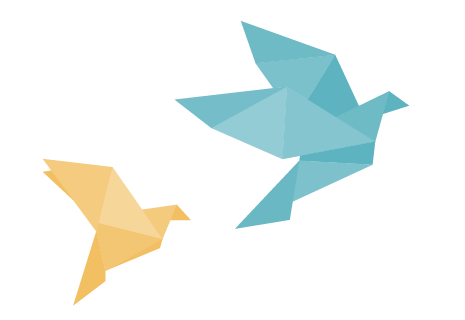Startups often seek my help when they feel the product team is “not good enough”.
The founders are disappointed with both the team and the product leader. The product leader is working hard but misses the point of what the company really needs from them, and the product managers are lost in endless features with unclear prioritization.
At some point, the conclusion is that the leader and the team simply don’t have what it takes.
While it might be true for some of the people, product excellence has more to it than pure people’s capabilities.
Product excellence is hard at all times, but what used to work when you were a small startup stops working at some point. As the work is split between more people, communication must be crystal clear, as well as goals and the way to get there (AKA strategy). Ownership becomes a challenge, and finding the right balance between process and creativity isn’t trivial either.
These are all organizational choices and culture that impact your PM’s ability to succeed much more than their specific skills. Some will indeed be able to make an impact even in chaos, but as a rule, you don’t want to build a team of individuals who need to succeed despite the org ecosystem. You want to set them up for success.
Here are four pillars that you need to sort out in order to get there.

Strategy
As you scale, you need more strategy, not less.
Don’t be tempted to think that past success means you can simply cruise to the next phase. The challenges you would be facing are not the same as those you had before: Both externally, as you go after additional market segments and problems to solve, and internally, as responsibility needs to be split between multiple product managers.
Strategy is the glue that keeps all the moving pieces together and ensures that all of this effort comes to fruition. Without it, everyone’s hard work might stay just at that.
The more pieces you have, the more glue is needed.
Ownership
Without a strategy, ownership becomes a mess.
Without a coherent story about where we are going, why, and how we will win, PMs can only end up running feature lists or projects.
To really own something, this area needs to be meaningful. You need to be able to ask your PMs, “Where do you want to take this?” But this question is meaningless in the context of a feature or a project, so if you feel this question doesn’t make sense, it usually means your ownership isn’t where it needs to be.
Once the strategy story is set straight, the right areas usually reveal themselves naturally. They might be customer challenges, personas, or staged milestones. Because they come from a single narrative, they make sense together, and that’s what your PMs should own to allow them to run independently but together.
Process
As the startup grows, you need more process, for sure, but don’t forget why.
Theoretically, the process is the easiest thing to establish. Just say how it should work.
The problem is that the process, as it works in the books, doesn’t always fit what you really need, and that good process isn’t built just because someone said so.
To set the right process, at the right amount, you need to figure out what works, repeat a few times, and then formalize it. It’s a gentle, iterative, and creative work more than it is about discipline.
If you have a product operations team, ensure they understand that their job is not process police. A good process – one that brings value to everyone involved – requires very little policing. So their success should be measured by how little enforcement they need to do, not by their ability to succeed despite everyone’s objections.
Skill
Skill is last for a reason. Many companies start here with trainings and hiring sprees, but without a clear strategy, meaningful ownership, and a workable process, at least to some extent, you cannot tell mediocre people from a mediocre environment.
Skill shows up only when the context is set.
When it comes to skill, your job as the product leader is to set the bar high enough, but also stay committed to keeping it high.
When expectations meet reality, you will be tempted to give up. Pressing deadlines and poor narratives would cause you to do the work yourself, but if you do so, your people will never grow.
Some might never get to where you want them to be, and separation could be the right solution, but don’t quit before you try. Teach them how to fish and see if they get it. You might be surprised.











